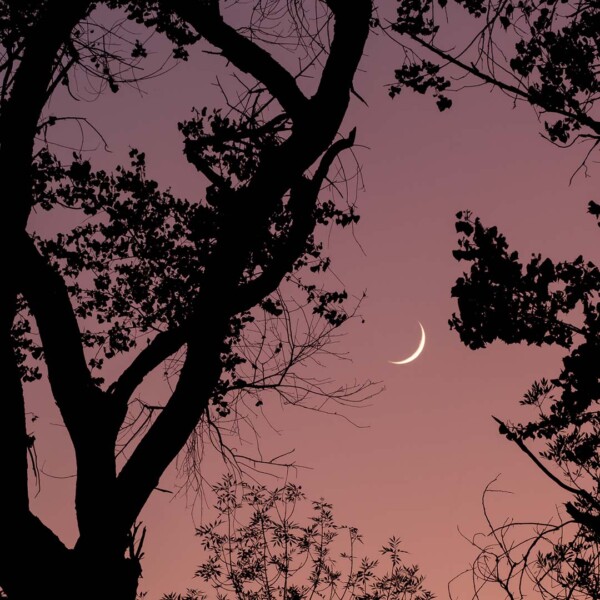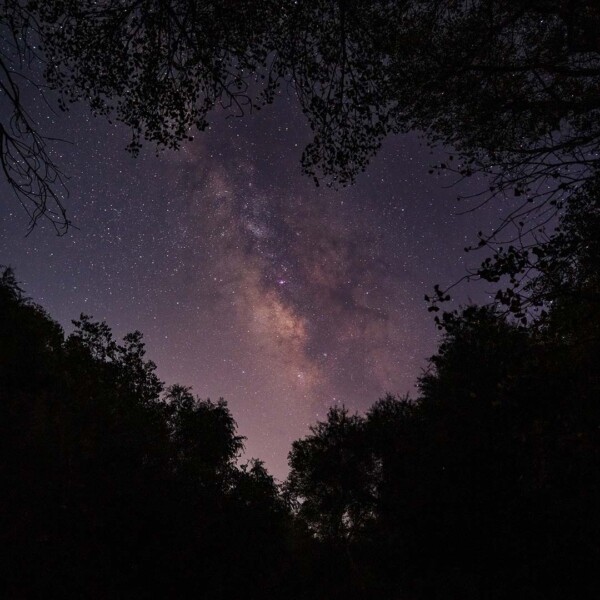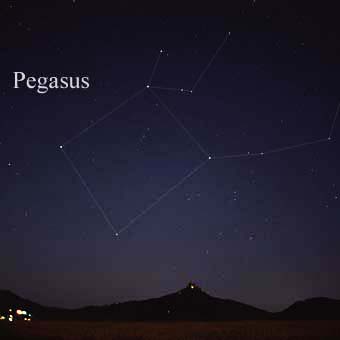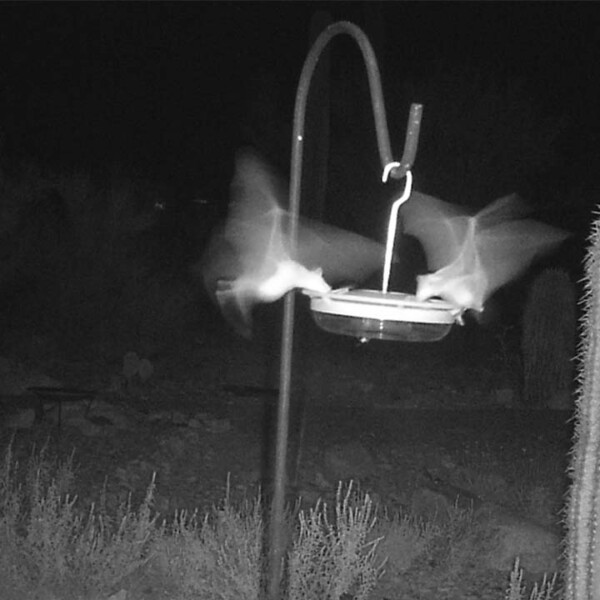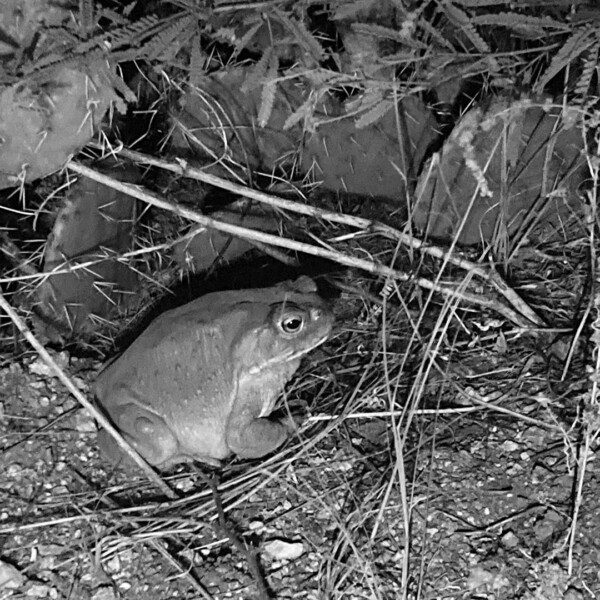We’ve got a fun challenge for you that involves going outdoors and taking a simple measurement of how dark the sky is around you. Our goal is to document the level of darkness in places throughout the Sky Islands and compare this with where we’re seeing wildlife in our FotoFauna project. We want to understand which species depend most on the dark and develop strategies that protect their access to it both in our urban environments and open spaces.
To participate, simply follow the steps below as part of the Globe at Night project. You’ll go outside any night between Oct. 17-26 and submit a form about the stars you see.
To protect wildlife in the Sky Islands, we all know that we need to keep water flowing and maintain connected natural spaces. But less well known is the fact that healthy habitats also need natural dark every night. Species all around us, from bats to frogs to coyotes, have adapted to live in a world where daylight naturally gives way to darkness with every sunset. A natural night sky — one that’s not artificially illuminated by our lights — lets them navigate, mate, forage, hunt, and hide as they’re evolved to do. With light only from the moon and stars.
Light pollution from human sources can spread miles beyond the built environment, disrupting bird migration and animals’ search for food. It’s a global problem that wastes energy, contributes to climate change, and takes a toll on human health. But we can work to address this problem with your help. Let’s get started.
Take a Dark-Sky Measurement in Four Easy Steps
- Learn to identify the constellation Pegasus in the autumn sky. That’s where everyone’s going to be looking as they gauge levels of darkness. It’s near the Milky Way and is a large constellation known for its “great square” — four bright stars that form the body of the mythological flying horse. To see what that looks like, check out 1:35-2:35 of this YouTube video, which also includes some fun background on the mythology and science. If you want to be doubly sure you’ve found it, you can download a free smartphone app like SkyView Lite and use the magnifying-glass search tool to type in the name Pegasus and/or that of the constellation’s four main stars: Scheat, Alpheratz, Markab and Algenib. The arrow in the center of your phone’s screen will guide you to your destination.
- On any date within the Globe at Night window, go outside on a clear night between 8 p.m. and 10 p.m. There can be a few clouds in the sky, but clouds shouldn’t obscure our dear friend Pegasus. This should be at least one hour after sunset, and the moon shouldn’t be visible in the sky.
- Time to get technological. Load globeatnight.org/webapp onto your phone. (It’s a website on the internet, not in the App Store.) Put the webpage into “nighttime version” by clicking the blue link at the bottom of the first step. This will ensure that your phone doesn’t disrupt your night vision. Let your eyes adjust to the wonderful darkness around you for at least 10 minutes. Then look up and find the constellation Pegasus.
- Fill out the simple set of Globe at Night questions on your phone. Just make sure you’re entering the right date, time, and location. On step 3, there are eight small boxes below one big box, representing different possibilities for the number of stars you could see around Pegasus. Click through them all and select the one that best matches the density of stars you see. And finally, you can skip steps 5-6 unless you do have a special Sky Quality Meter and SciStarter account. That’s it — submit data.
Sky Island Alliance will collect all observations reported and share with you what we learn about our dark skies!

